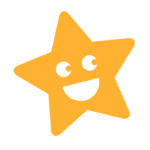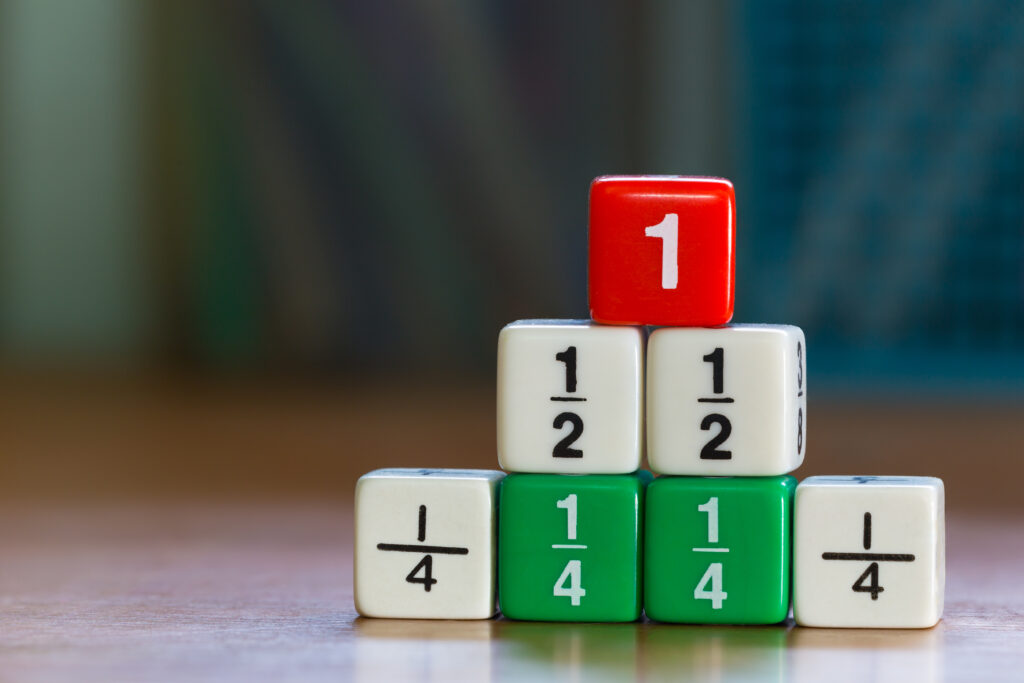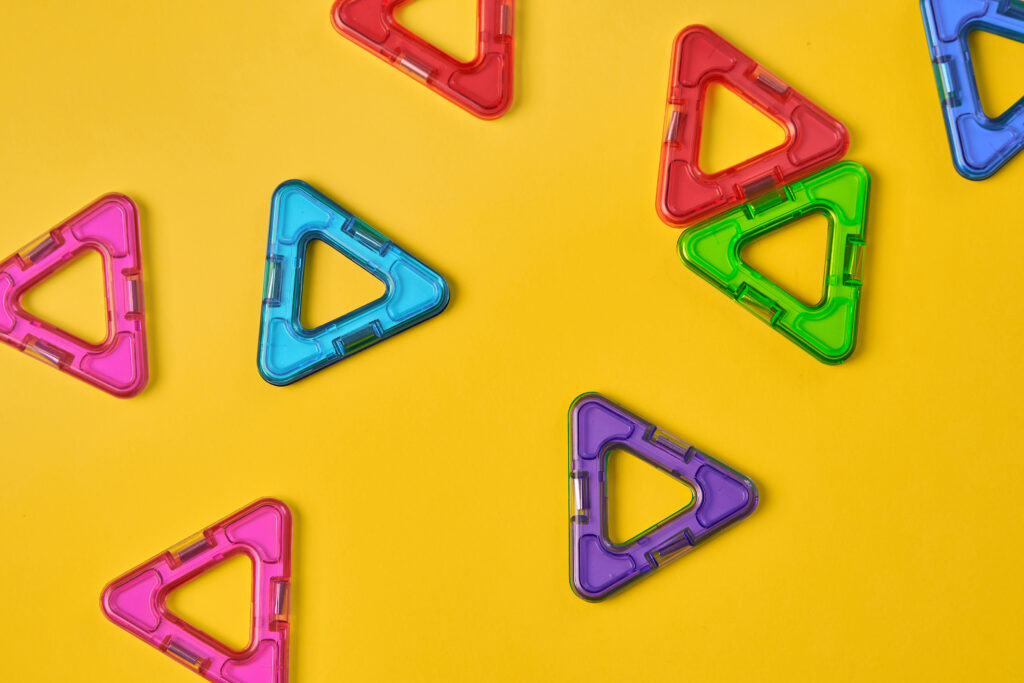

Explore the whole KS1 maths curriculum, including the topics covered and when children learn about them

Author
Lucy Hart
Last updated: July 3rd, 2023




Explore the whole KS1 maths curriculum, including the topics covered and when children learn about them!

Author
Lucy Hart
Last updated: July 4, 2023


Explore the whole KS1 maths curriculum, including the topics covered and when children learn about them!

Author
Lucy Hart
Last updated: July 4, 2023
Explore the whole KS1 maths curriculum, including the topics covered and when children learn about them!

Author
Lucy Hart
Last updated: July 4, 2023
In this article
Learn all about the topics covered in the KS1 maths curriculum! Jump to:
Maths is a truly amazing subject. Not only is it invaluable for school, but it can also help learners develop their problem solving and critical thinking skills!
With this in mind, understanding the KS1 maths curriculum is a great way to support your child’s learning journey. So in this guide, we’ll explore the KS1 maths curriculum, including what topics children learn and when. Let’s get started!
The KS1 maths curriculum covers a variety of topics that are designed to develop each child’s mathematical knowledge and give them the skills they need for KS2.
As outlined by the national curriculum, these topics are:
Now, let’s explore each area in a little more detail!
Unlock unlimited maths questions
Put your skills to the test with fun exercises + maths games that are proven to boost ability!
Try DoodleMaths for free!
Select a year group

As numbers form the foundation of mathematical problems, understanding what they are and how to use them is really important.
In the KS1 maths curriculum, children learn to count, read, write and represent numbers up to 100. They also learn how to compare numbers and use the place value system.
Year 1
Year 2
Number and place value activities

Addition and subtraction are key when it comes to problem solving.
In KS1 maths, children learn various strategies for mental and written addition and subtraction. They also explore number bonds, counting techniques and inverse operations.
Year 1
Year 2
Solve problems with addition and subtraction:
Add and subtract numbers using concrete objects, pictorial representations and mentally, including:
Tips to explore addition and subtraction:
Meet DoodleMaths, the award-wining maths app that’s proven to double a child’s rate of progression with just 10 minutes of use a day!
Filled with fun, interactive questions covering the whole curriculum, it creates each child a unique work programme tailored to their needs, boosting their confidence and skills in the subject. Try it for free today!



In the KS1 maths curriculum, children build on their knowledge of addition and subtraction by exploring multiplication and division.
As part of this, they learn how to solve problems using multiplication and division facts, arrays and pictorial representations.
Year 1
Year 2
More on multiplication and division

Fractions are another important skill that children explore in the KS1 maths curriculum.
Not only can they be used in the classroom, but they’re also very handy for real life!
Year 1
Year 2
Tips for learning fractions:

Measurement involves comparing a variety of different attributes, such as length, capacity and time.
In the KS1 maths curriculum, children learn how to use appropriate units, estimate measurements and read scales.
Year 1
Compare, describe and solve problems for:
Measure and begin to record the following:
Year 2
Tips for learning about measurement:

Geometry teaches learners all about 2D and 3D shapes, including symmetry, position and direction.
They explore the fundamentals of shapes in the KS1 maths curriculum, including how to recognise and name different types of shapes.
Year 1
Recognise and name common 2D and 3D shapes, including:
Year 2
Tips for learning about properties of shapes:

With a firm knowledge of position and direction, your child will not only be able to navigate the maths curriculum, but it’ll also help them with real-life orientation!
Year 1
Year 2
Tips for learning about geometry and direction:

Data detectives, assemble! In the KS1 curriculum, children learn how to collect, organise and interpret data.
They also explore how to gather information, create graphs and interpret data using pictograms, tally charts and block graphs.
Year 1
Year 2
Tips for learning about statistics:
And there we have it – a complete guide to the KS1 maths curriculum! With this handy summary to refer back to, you’re all set to support your child’s mathematical adventure.
Finally, if you’re looking for ways to bring the curriculum to life, DoodleMaths has you covered.
With interactive activities to enjoy, educational games to play and rewards to unlock, your child will always look forward to maths practice – and you can try it for free!

Parents, sign up for a DoodleMaths subscription and see your child become a maths wizard!

Book a chat with our team
If you’d like to use Doodle’s browser version, please visit this page on a desktop.
To log in to Doodle on this device, you can do so through our apps. You can find out how to download them here: